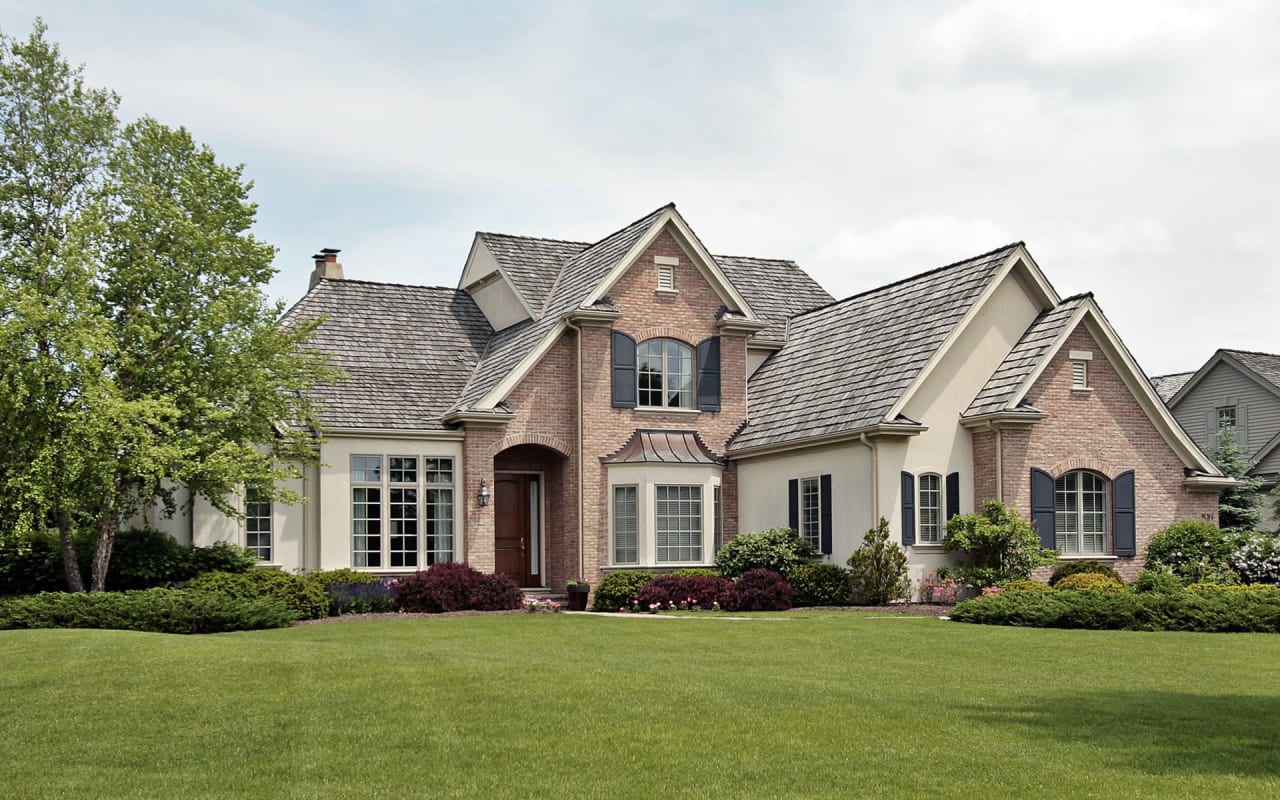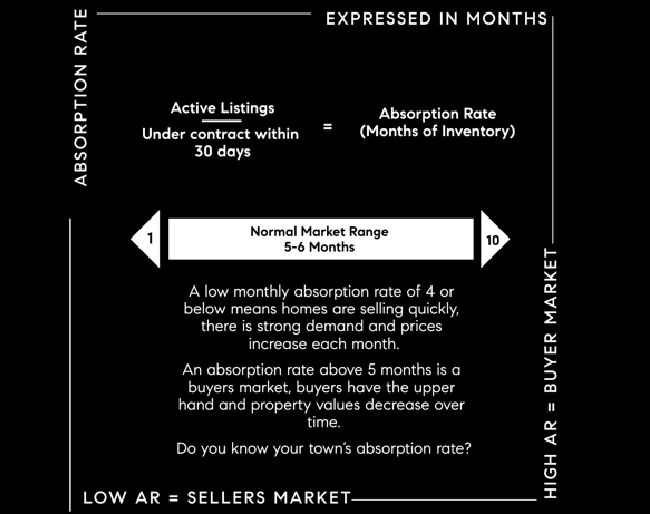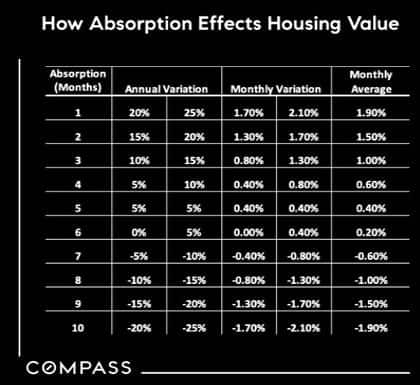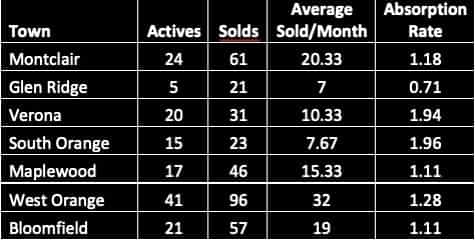Pricing Property For Successful Sales
Essex County towns have a tradition of underpricing their properties. But there is a limit – I never want my clients to list their homes at a price they wouldn’t accept. However, as a seller, you want to attract multiple buyers for healthy competition. Knowing the previous year’s home sales and understanding the current absorption variable rate will guide you on where your home's value is.
Once we settle on the target price, we want to be sure that we attract as many buyers as possible, so we strategically price the house to expand the buyer pool. We want everyone in there: the overreachers, the bargain buyers, the overspenders, and most importantly, the savvy and qualified buyers who did their homework. The more interest the better!
Essentially, you want competition, and pricing your house within range but just below its value will simultaneously expand the interest pool while securing qualified offers. I find this method gives my sellers the least stressful experience with the best offer results.




